Nintendo trivia - 64 little known facts about the gaming giant
After existing for more than 100 years, you better believe the company has some secrets
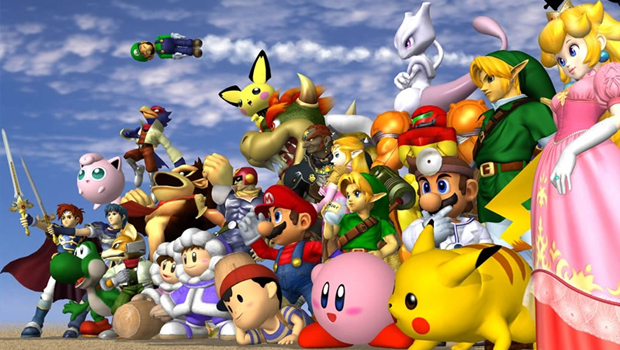
Playing with power
Would you believe me if I told you there's a game publisher that's over a century old? Seriously, Nintendo, the Kyoto based company turned 125 years old September 23, 2014, starting as a card and toy manufacturer, and then becoming part of the young gaming market in the 1970s, making some of the most celebrated games of all time. The company has millions of diehard fans, but with all that history, it's impossible for those dedicated gamers to know everything about Mario's home.
To celebrate the incredibly long-lived company, this feature combs through Nintendo past to expose the obscure facts about the game maker. Think you know every little piece of Nintendo trivia? Take a look at the following list and see if that's actually the case. Ill bet at least a few will surprise even the most informed Nintendo devotee.
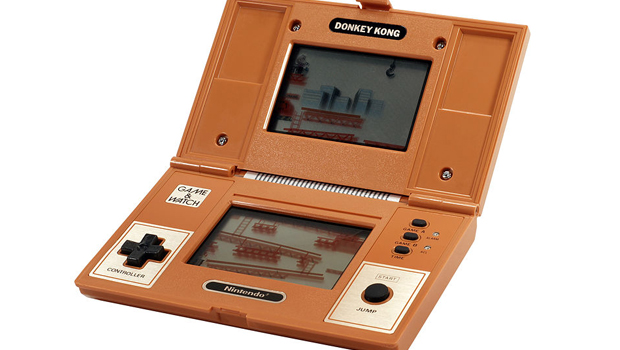
The first d-pad was created for a Nintendo game
Enjoy using a simple, plus sign-shaped directional pad to get around? Then be thankful that back in 1982 the Game & Watch developers at Nintendo came up with it. Headed by Gunpei Yokoi (who later went on to design the Game Boy), the team decided on the cross shape and concave middle as the best way to control 2D movement in their G&W port of Donkey Kong. Nintendo patented the d-pad and has used it ever since, which explains why its console competitors like Sony and Microsoft use variations on that design for their d-pads, because they legally cant directly copy Nintendos.
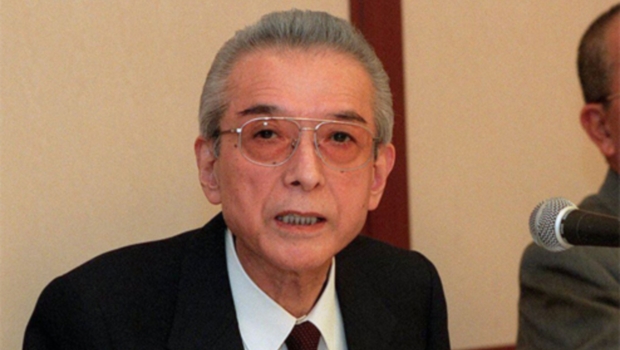
Nintendo had the same president for more than 50 years
To current Nintendo fans the top man at the company has always been Satoru Iwata, but for gamers paying attention before 2005, they knew a different boss, one that seemed as stern as Iwata seems friendly. The late Hiroshi Yamauchi not only ran the company from the creation of the NES all the way up to the last years of the GameCube, he was in charge of the company since 1949! He was known for being a tough businessman, but also had a very keen eye for what games would end up being popular in the '80s and '90s. After retiring as head of Nintendo in 2005, he remained the companys largest individual shareholder until his death in 2013, which made him (according to Forbes) the 11th richest man in Japan, valued at over 2.7 billion dollars in 2012.
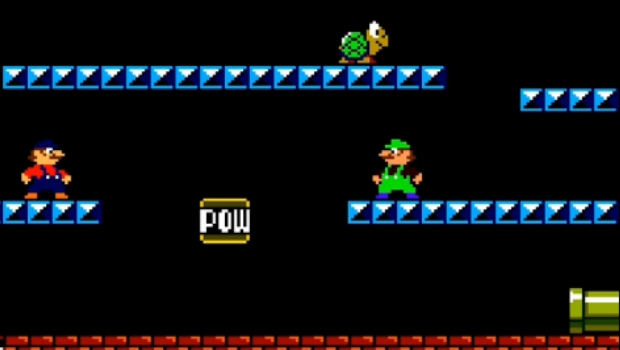
Luigi is green in Mario Bros because it matches the turtles
Memory space was at such a premium in classic arcade games that every asset included in a game had to be chosen carefully and reused as necessary. That explains why so many early arcade games featured a second playable character that was a clone of the main character, and that includes Luigi. The developers couldnt add any new colors to the game for him, so they recycled the ones used for the games turtles. And that practical decision is why Luigi is so famous for wearing green.
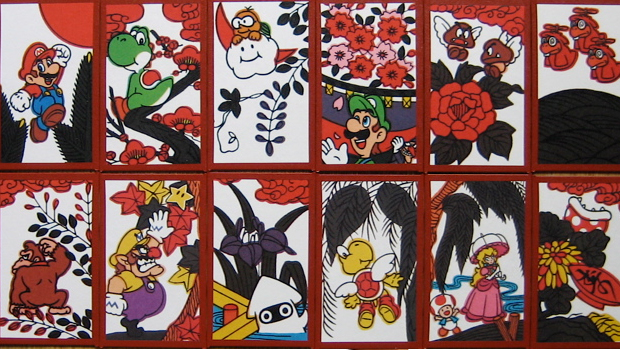
Nintendo got its start making playing cards
This is well known to dedicated Nintendo historians, but many still dont know that the console maker got its start more than 100 years ago selling playing cards. For the longest time it was a simple toy manufacturer based in Kyoto, Japan that made the majority of its income off playing cards and other toy fads. Once the video game boom hit Japan, Nintendo tried to cash in on the trend like many other toy makers, though obviously it ended up being the most successful. The company currently celebrates its card selling history by offering traditional hanafuda cards via its Club Nintendo consumer service.
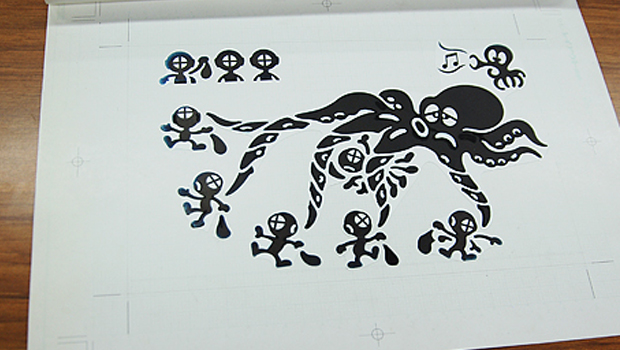
Demos for Game & Watch games were made as paper dioramas
When Nintendo first entered the console world with the Famicom, the company not only was famous for Donkey Kong, but also had a big hit with single game handhelds/clocks known as Game & Watch. The systems repurposed cheap LCD calculator tech to create simple games, but the demo units were even simpler. As explained in an informative Iwata Asks interview, the teams responsible for those games would build test models out of paper and light bulbs before creating the games. Its amazing now to think of the modest solutions developers had to come up with in those early days.
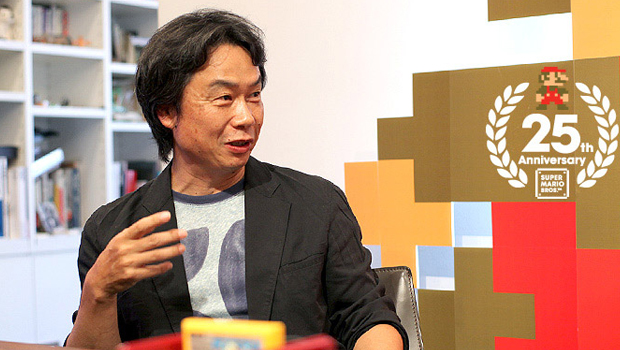
Shigeru Miyamoto originally wanted to be a manga artist
Before he ever cared about video games, Shigeru Miyamoto dreamed of being a comic book artist in Japan, and was first hired at Nintendo as a member of its art team. Soon he used his visually-oriented mind to conceive Donkey Kong, and that games success forever established him as one of the top creators in gaming. Still, Miyamoto loves the manga medium, and has done his best to give it a boost from time to time. For example, he got celebrated manga artist Shotaro Ishinomori to create a Link to the Past comic in the early 1990s that appeared in Nintendo Power in the US, introducing many Americans to the format (even if they didnt know it).
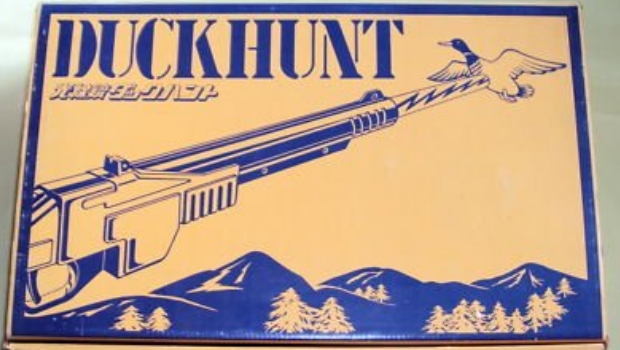
Duck Hunt got its start as a toy in the 1970s
For millions of gamers, Duck Hunt is known as the other game that came with your NES on the same cartridge as Super Mario Bros. Few that played the shooter are aware it was a remake of one of Nintendo's more popular toys of the 1970s. That earlier Duck Hunt worked pretty much the same as on the NES, using a projector to place ducks on a wall that you would then shoot with a light gun. The ducks still fall straight down if you hit them, but no dog laughs at you when you miss, so perhaps the primitive original is the superior version.
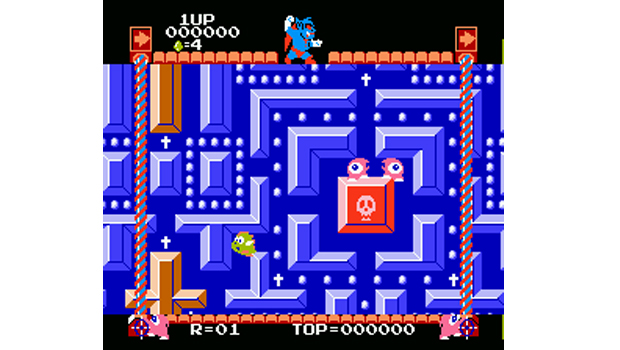
Miyamotos first NES game never came to the US due to demonic imagery
For the longest time, Nintendo of America had some of the strictest content rules of any publisher, particularly when it came to religious imagery. Games like Castlevania and Dragon Quest had to remove crosses and such from the campaigns, while the restriction completely prevented Miyamotos Devil World from coming to the US. Released in Japan and Europe early in the NESs lifespan, it was a fairly straightforward Pac-Man clone, only it was about killing demons with the power of the crucifix and the Bible. Despite Nintendo relaxing its standards and the game hitting the Virtual Console in both Japan and Europe, Devil World still hasnt been made available officially in the US.
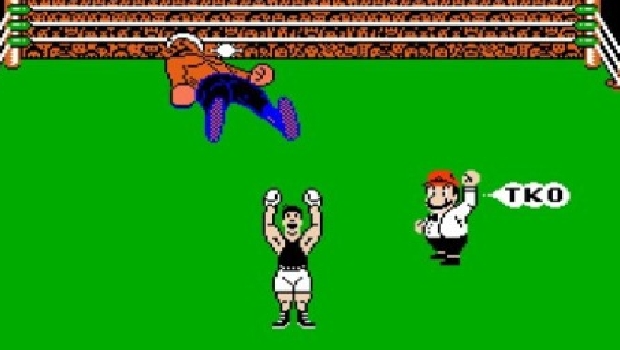
Mario appeared in Punch-Out!! without formal permission
Its difficult to get permission to have a character as famous as Mario make a cameo in any game, even when said game is made by Nintendo. You normally have to deal with a ton of red tape and approvals, but back in the wild days of the NES, Mario appeared as the referee in Punch-Out!! simply because artist Makoto Wada drew him as the ref. Wada didnt even bother checking with Miyamoto to get approval, which explains why Marios face is a little...off in the game.
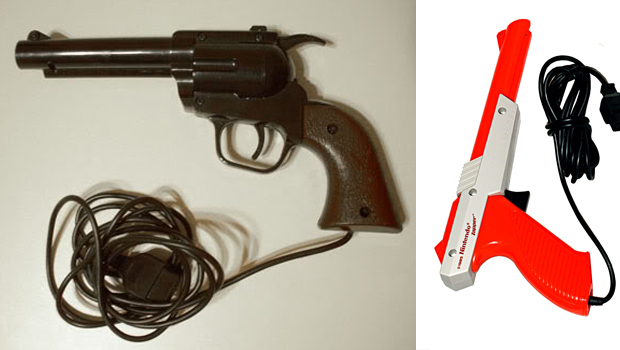
Japan's NES Zapper looks like a real gun
When you compare the NES light guns Nintendo produced for the US and Japan, you can definitely see cultural differences between the two nations views on firearms. Nintendos home country has very restrictive gun control compared to the US, which could be a reason theres a market for very real looking toys like the Japanese Famicom Zapper. In the US, where gun ownership is comparatively lax, giving kids a convincing revolver controller would likely be cause for alarm. So it isnt surprising that the NES Zapper looks so sci-fi, particularly the second iterations orange plastic.
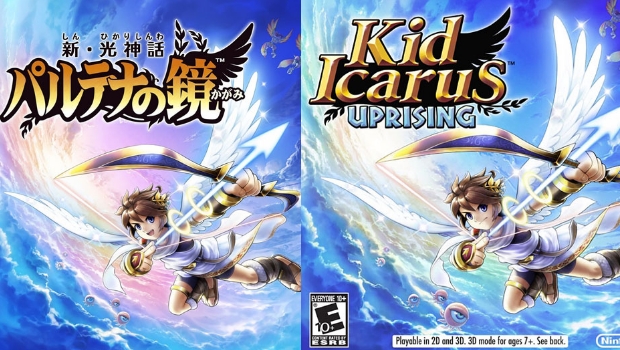
Kid Icarus: Uprisings box art is tougher in the US
One of greatest strengths of the long-awaited Kid Icarus sequel was its stupendous sense of humor, usually embodied in protagonist Pits many fun, fourth-wall-breaking quips. The wannabe angel is a free spirit, but apparently a happy smile is a turnoff to American consumers, at least according to the box art. The Japanese cover is virtually the same as in the US, but Americans saw his mouth closed in a determined frown, perhaps to show us what a badass he is. Sheesh.
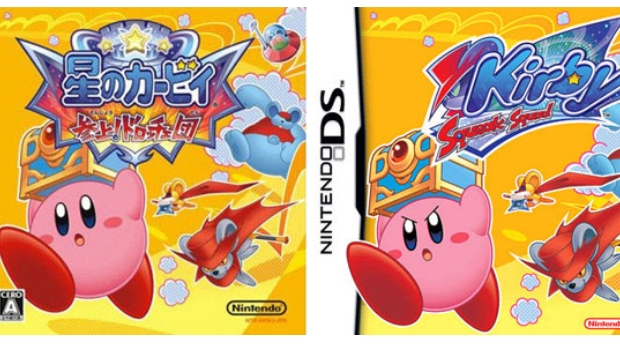
...as is most Kirby box art
The change to Kid Icarus cover art was hardly a first for Nintendo. Almost every Kirby game released in the US alters the star on the box art, giving him angry eyes--likely in an attempt to make the character a little more edgy. Look, Nintendo, we know Kirby games are colorful adventures that star a fluffy, pink marshmallow. Arched eyebrows wont make us forget Kirbys undeniable adorableness.
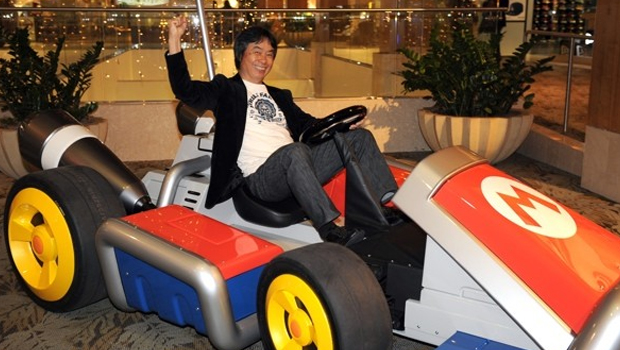
Miyamoto is forced to drive to work
Shigeru Miyamoto is so important to Nintendo that the mere rumor of retirement will cause the companys stock price to drop. With such keen interest in the developer, its not surprising that Nintendo forces him to drive to work instead of walking or riding a bike as hed prefer. According to an in-depth New Yorker article, Miyamoto has been made to drive to work for the companys peace of mind, which makes you wonder what other health and safety measures are enforced. Is he not allowed to smoke or drink? Do they make sure he eats healthy? Does the company give him a monthly physical?
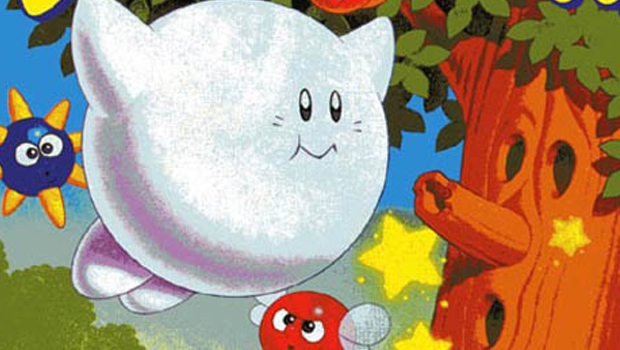
Kirbys original name was Tinkle Popo
Nintendo has always had some trouble selling the ultra cute Kirby to the masses in America. Apparently many of the young boys in its core audience reject the cute, pink puffball, which is their loss because Kirby is badass. But Nintendo would have had an even tougher time selling him abroad under his original name, Tinkle Popo. As revealed at the GDC 2011 keynote, Kirby developer and current Nintendo President Satoru Iwata ultimately changed it to Kirby after realizing that name would likely never sell in the US as Tinkle Popo.
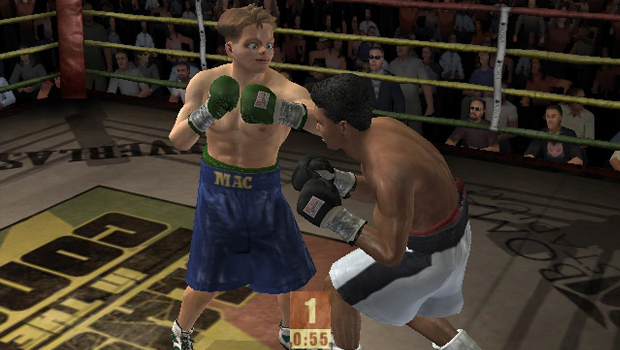
Little Mac appears in Fight Night Round 2
Everyone remembers when Mario and his friends appeared in NBA Street and SSX games on GameCube, but many forget Nintendo lent its characters to a third EA Sports game. In the GameCube edition of Fight Night Round 2, Little Mac of Punch-Out!! fame is an unlockable fighter. Hopefully this was able to satisfy Punch-Out!! fans during their long wait for a true sequel on the Wii.
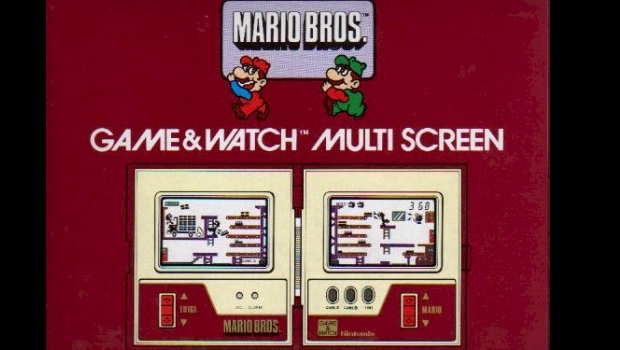
Luigi first appeared in a Game & Watch game
2013 was the 30th anniversary of Luigi, but it turns out that his first appearance wasn't technically in the Mario Bros. arcade game like many think. While it's very likely that the arcade classic was in development first, the earliest game released with Luigi was the 1983 Game & Watch handheld, titled Mario Bros. as well. Luigi is still wearing his trademark green in the box art, but Mario and Luigi are working in some sort of bottling plant, a far cry from their plumbing business. Perhaps they were moonlighting?
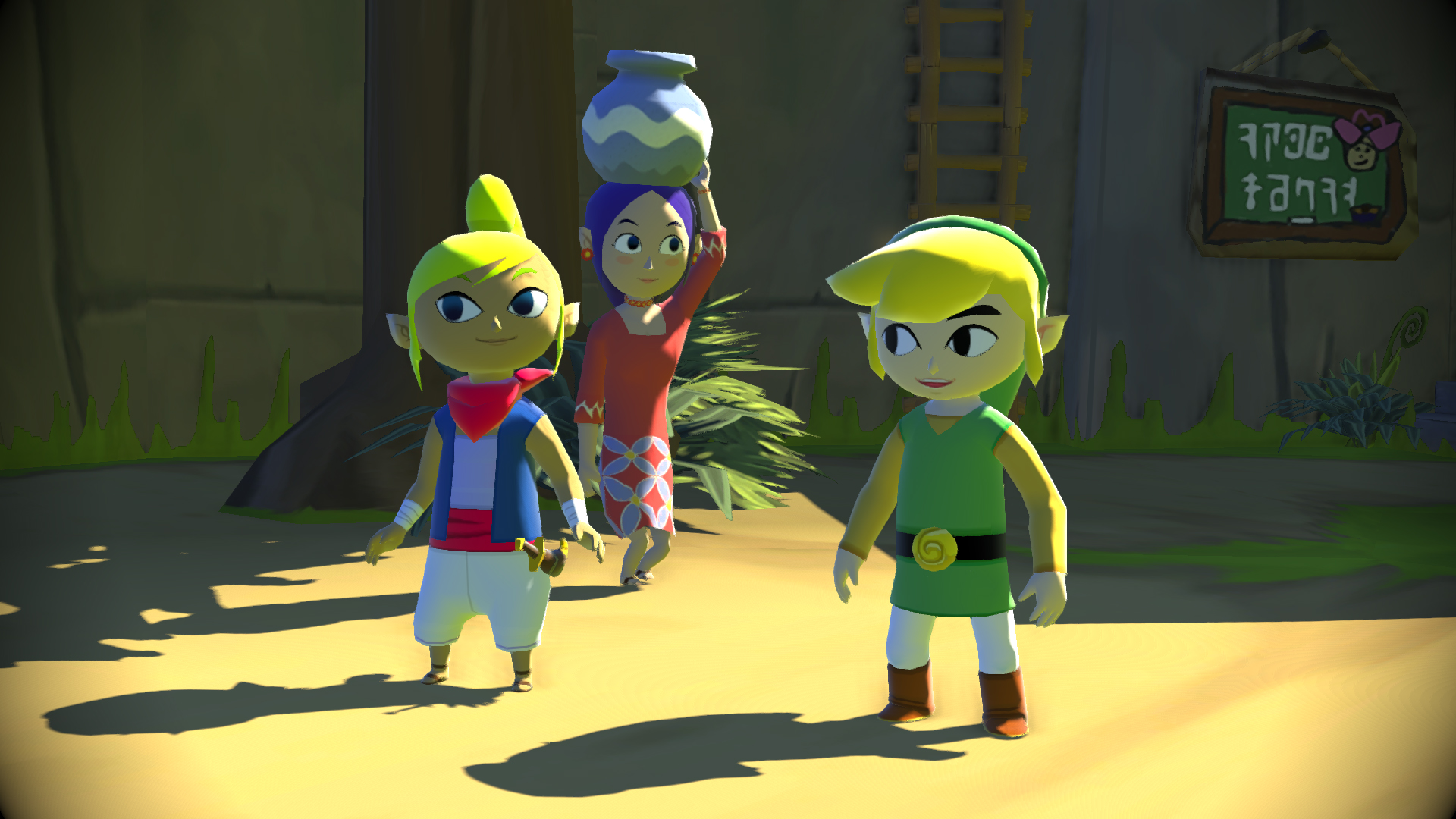
The Legend of Zelda: Twilight Princess began as a direct sequel to Wind Waker
History has since proven Wind Waker to be one of the best games ever, but a vocal group had such a poor reaction to the cartoony graphics when it released that many worried the series had gone too kiddie. Even the Zelda development team had concerns about the reaction to Wind Waker, because the devs scrapped plans to make its next game a direct sequel on the GameCube. (Clearly they enjoyed it themselves, because direct sequels are rare in Link's history.) As Zelda mastermind Eiji Aonuma explained it, the company chose to go in a totally different direction, redoing the graphics and story to make Twilight Princess the most realistic entry to date. Who says Nintendo doesn't listen to its fans?
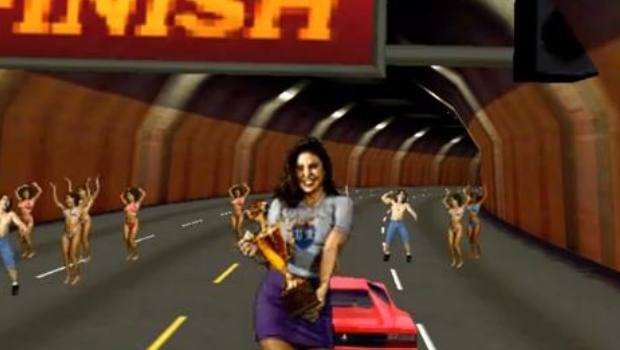
Cruis'n USA was created by the same man as Defender and Robotron
Most creators of early arcade games shuffled off into obscurity for one reason or another, often unable to keep up with a rapidly growing industry. But Eugene Jarvis wouldnt disappear so easily. After creating iconic arcade games like Defender and Robotron, Jarvis stayed in the gaming industry long enough to help Nintendo create Cruisn USA, a proto-N64 game meant to showcase what the graphics of that upcoming console would theoretically look like.
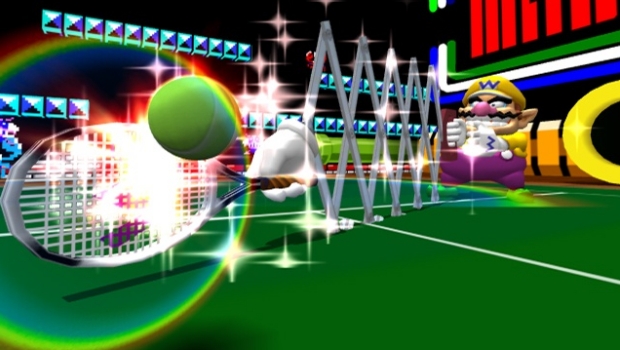
Nintendos earliest toy hit is referenced in multiple games
Gunpei Yokoi is one of most important people in gaming history, thanks in part to his strong influence on the creation of the D-pad and portable gaming. But his greatest creation might just be the Ultra Hand, an extending reaching tool that the kids of Japan just loved. It was Nintendo's first big toy success, setting the playing card company on a path that would lead to arcade games 20 years later. And Nintendo still pays tribute to this important item, giving it multiple cameos in games like WarioWare and obscure Wii downloadable Grill-Off With Ultra Hand.
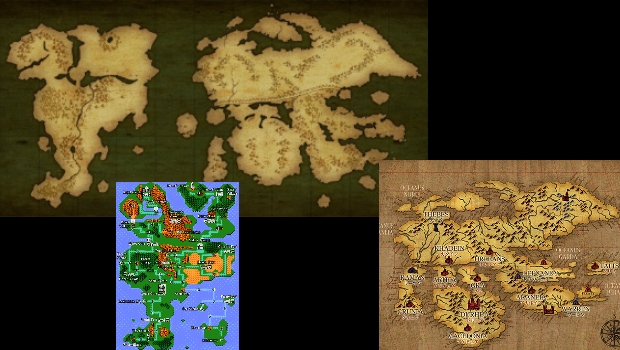
Fire Emblem: Awakenings map connects it to the earliest games
Fire Emblem has some history of creating direct sequels, but more often than not, a new entry means a fresh collection of warring nations. The 3DS entry, Awakening, initially seems unconnected to any previous release--but eventually, references start getting thrown in that allude to the earliest games in the series. And while Awakening never says it outright, when the maps of the first two Fire Emblems are placed next to Awakenings, its clear that all three games take place in the same universe, separated only by centuries.
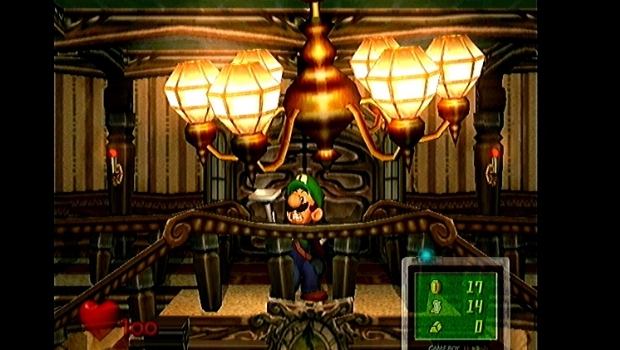
Luigi's Mansion was once planned as a 3D game
Luigis Mansion got a long-overdue sequel on the 3DS, but the reasoning for the series moving to handhelds revealed an interesting secret from Nintendos history. The sequel came about after the original Luigis Mansion stages were rebuilt on the 3DS to test out the 3D. Why choose that game to test the new feature? Because the GameCube was originally intended to have optional 3D visuals, and Luigis Mansion was initially developed with those capabilities in mind. The functional 3D version of the 'Cube never left Nintendos internal testing, but Luigi got to reach his full graphical potential in the sequel.
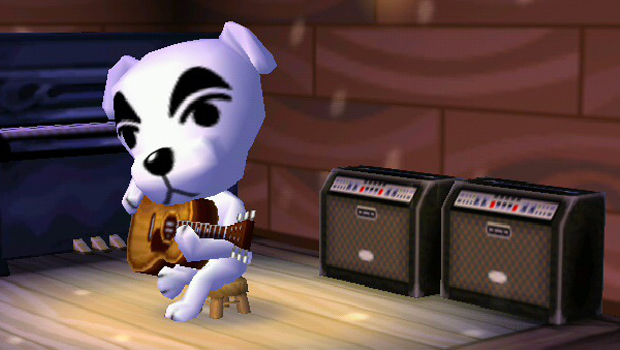
Totakas Song has been found hidden in more than a dozen Nintendo games
Though Nintendo mainstays Koji Kondo and Hip Tanaka are two of the most famous Nintendo composers, Kazumi Totaka has recently gained some fame after working on Nintendo games for decades. The inspiration for Animal Crossings K.K. Slider, Totaka is now known for the simple melody that hes snuck into more than a dozen games. As this informative video series details, the song has been found in titles like Luigis Mansion, Mario Paint, and Links Awakening. Who knows where it will be found next?
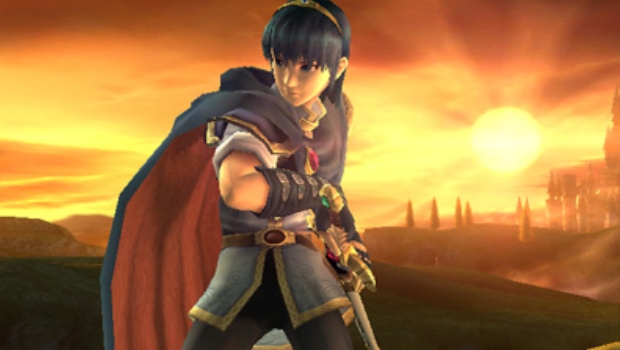
Marths voice in Smash Bros. Melee comes from the Fire Emblem anime
Fire Emblem had long been a success in Japan when its first hero, Marth, joined the roster of the GameCube Smash Bros. entry--but he was a stranger to Americans. Thankfully, Nintendo chose to include him in the US release, and they even kept his Japanese voice actor, Hikaru Midorikawa. Perhaps it was because Hikaru had experience with the role, since he also played Marth in a short lived anime based on Fire Emblem.
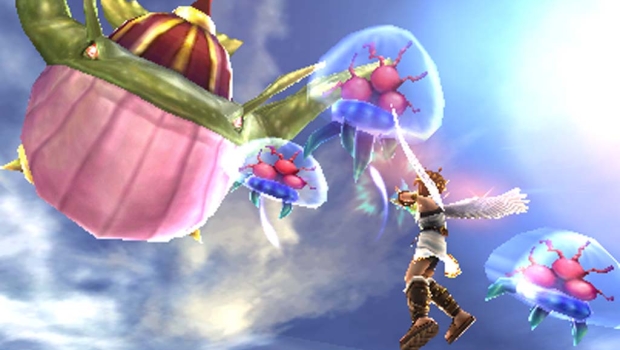
Metroids appear in Kid Icarus: Uprising
The Metroid and Kid Icarus franchises share a common ancestry dating back to the NES era. Both were created by Nintendos R&D2 team, overseen by the creator of the Game Boy, Gunpei Yokoi, and was later renamed Intelligent Systems. And that connection is recognized in the long awaited Kid Icarus sequel, Kid Icarus: Uprising, via a new enemy in the series. Known as Komaytos, Kid Icarus star Pit immediately identifies them as Metroids, though its quickly explained to him in a very meta way that the two series dont exist in the same universe.
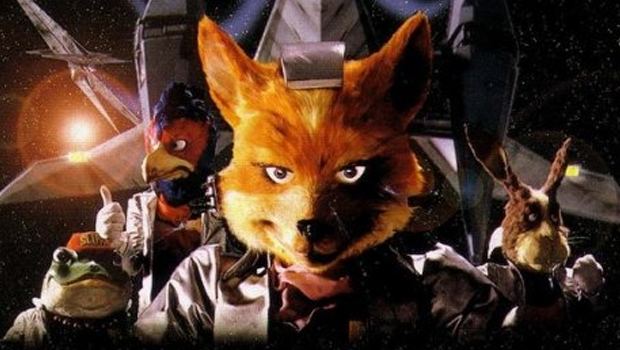
Star Fox got its start in England
Star Fox might be known to many Nintendo fans as a brainchild of Shigeru Miyamoto, but he actually was responsible for shepherding its original developers into creating the final game. Star Fox began as a design of Argonaut, a British developer that had previously worked on the Commodore 64. The team worked very closely with Nintendo to create the game and eventually the team moved permanently to Japan. After the team dissolved, former Star Fox designer Dylan Cuthbert eventually set up Q Games, which is best known for the PixelJunk games.
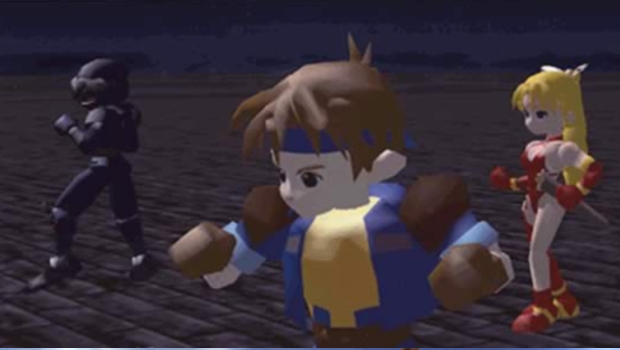
Final Fantasy VII was intended for release on the SNES and N64
Final Fantasy VII did such a good job at getting consumers around the world to buy a PSOne, its surprising to think it was once planned for the SNES. After FFVIs successful launch in 1994, Squaresoft began planning FFVII as another SNES game, but then the development of Chrono Trigger (among other titles) needed more attention, so the FFVIIs launch was moved to the next generation of systems. The game was first publicly announced for the N64, but once Square learned Nintendo was sticking with memory-limiting cartridges, they made the bold move to Sonys console because CD-ROMs had the extra storage needed for the lengthy cutscenes and soundtrack.
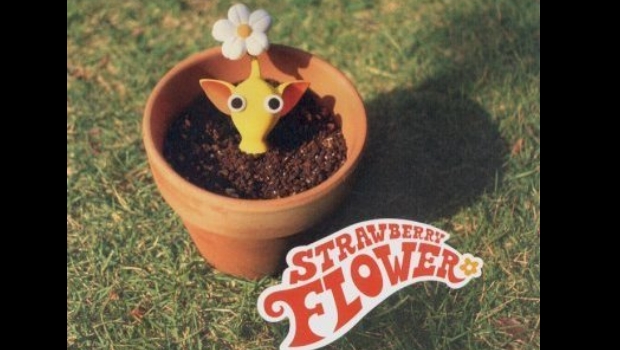
A Pikmin song briefly outsold the GameCube title in Japan
The original Pikmin was a clever concept from the mind of Shigeru Miyamoto, but it didnt sell as well as some other Nintendo franchises, either abroad or in its native Japan. However, even though the game didnt go mainstream, a song featured in its Japanese commercial did. The CD single for Ai no Uta by Strawberry Flowers became so popular that it sold 100,000 copies before the game eventually did. Based on that success, the song makes an appearance in both Pikmin 2 and Super Smash Bros. Brawl, and Strawberry Flowers wrote a sequel song for the second game as well. Sadly, the third Pikmin didn't feature a new song by Strawberry Flowers, but it's not to late to add it as DLC.
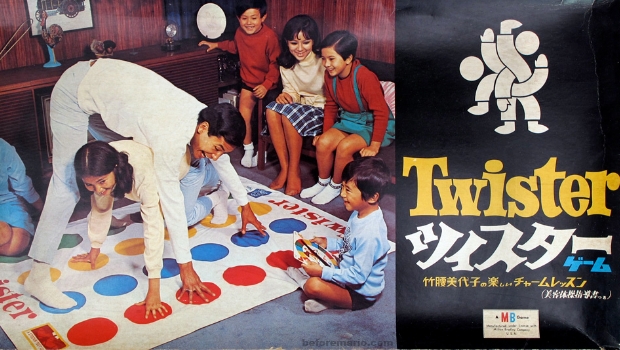
Nintendo tried to sell Twister to Japan
Once Nintendo moved fully into toys and away from card games in the late 1960s, the company imported the classic western game Twister to try and sell to its home country. Unfortunately, the game didn't catch on, and some feel that the social standards in Japan at the time are to blame. Unlike in the US, it was seen as improper for people--particularly girls--to get as close as they do in the admittedly suggestive game.
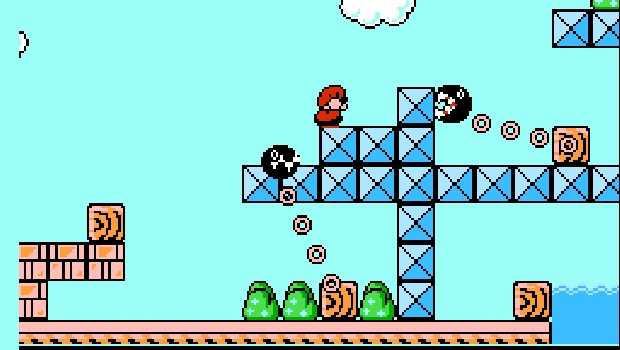
Chain Chomps escape in Super Mario Bros. 3
When I first played Super Mario Bros. 3, my childhood self was so scared of the Chain Chomps that I would actually shout out loud as I ran away. The toothy ball-and-chain combo was inspired by an angry dog pulling at its leash, a memory from Miyamoto's youth, and those brave enough to stay close to it in Super Mario Bros. 3 got a special surprise. If the Chain Chomp yanks on its chain 49 times, it will break free and chase after Mario. It's a secret few ever saw, but I'm going to try it the next time I play it (if I can work up the courage).
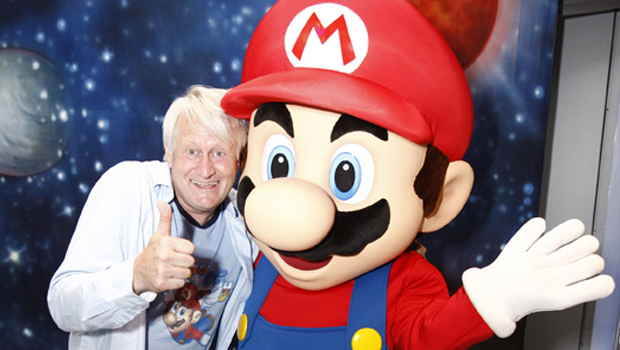
The voice of Mario wanted to play Link, but Miyamoto said no
Despite most games being fully-voiced, multimedia extravaganzas for years now, Nintendo remains steadfast in keeping some of its most famous mascots largely silent. None are more muted than the Legend of Zelda's Link, famous for not being chatty. Series creator Shigeru Miyamoto has turned down multiple requests to give the character a real voice (grunts and shouts don't count), and that includes refusing a plea from Charles Martinet, the voice actor for Mario. Martinet tells the story of pleading with the developer to let him play Link, with Miyamoto again holding to the character's silence, and Charles accepting the refusal. Sadly, that means you won't be hearing, "It's-a me, Link!" in the next Legend of Zelda.
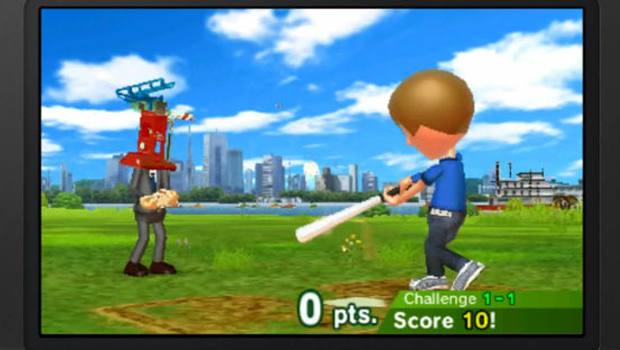
A popular pitching machine still impacts some game titles
The 3DS eShop is playing host to the intriguingly weird Rustys Real Deal Baseball. Its unique pay structure is noteworthy, but Nintendo historians will appreciate that the game explores a classic Nintendo creation few in the west have heard of. The titles baseball minigames are hosted by an automatic pitching machine in the form of Nintendos late-60s hit, Ultra Machine. The toy sold over a million units in Japan after launching in 1967, becoming a huge hit for Nintendos burgeoning toy division. It even got rereleased in 1977 as the Ultra Machine DX, a naming convention the company would later adopt in games like Super Mario Bros. DX and Tetris DX. And like most Nintendo toy hits of the time, Ultra Machine was conceived by Game Boy mastermind, the late Gunpei Yokoi.
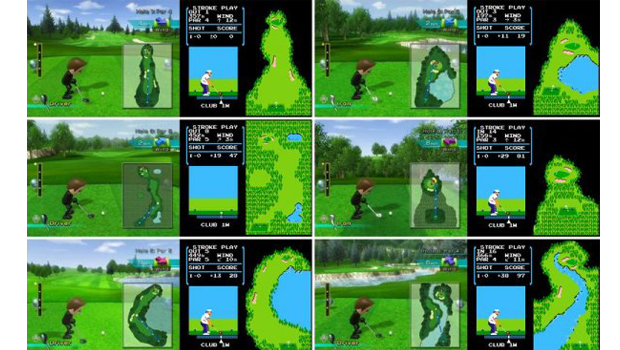
All the Wii Sports golf courses are references to Golf for the NES
Some Nintendo fans may roll their eyes at Wii Sports' casual fanbase, but the best-selling game has some surprising connections to one of the publisher's oldest titles. You see, the Golf minigame recreates all nine holes that were in the NES original Golf, replacing the gritty pixels with friendly polygons, and the d-pad with innovative motion controls. The two games have even more in common because both were launch games for their respective consoles, though one was clearly a bigger system seller than the other.
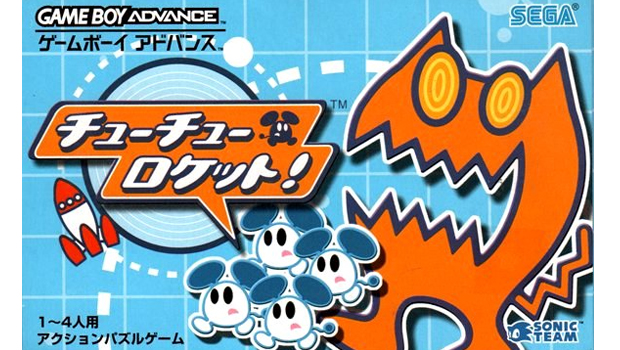
The first Sega game on a Nintendo console was ChuChu Rocket for GBA
Once Nintendos fiercest rival, Sega, left the console game in 2001 after multiple market failures like the Sega CD, 32X, Saturn, and Dreamcast. The publisher became a third party developer, meaning it depended on Nintendo to publish games on the GameCube and GBA. And though Super Monkey Ball and Sonic Adventure were early arrivals on the GC, history will always remember the adorable puzzle title ChuChu Rocket as the first game to feature a Sega logo on a Nintendo system, something that would have blown our minds in 1992.
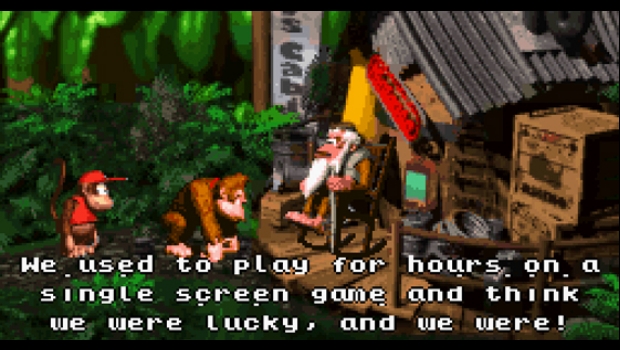
Cranky Kong is the original Donkey Kong
Donkey Kong Country has the cheeky sense of humor developer Rare is known for, and the belligerent Cranky Kong was one of the funniest parts of the SNES game. He continually complains about how terrible then-current games are compared to the old days, often bringing up the arcade original Donkey Kong. And his memories are firsthand, because multiple DKC titles confirm that Cranky is the original Donkey Kong from the 1980s. Since he's the grandfather of the DKCs Donkey Kong, just where is Donkey Kong Junior? Is he the missing link in the evolution?
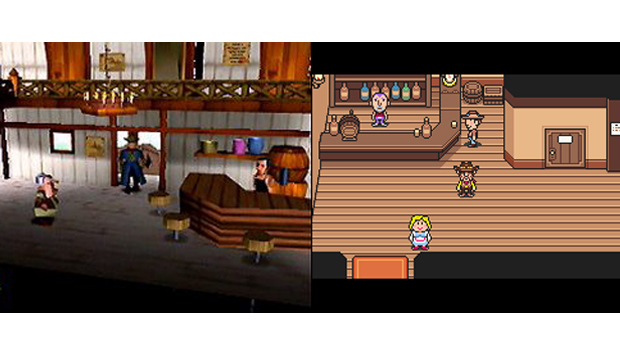
Mother 3 was originally an N64 game
Of all the planned 64DD games, Mother 3 ended up being the most dramatically changed. The sequel to cult hit Earthbound (its much more popular in Japan), Mother 3 was to be one of the marquee games for the 64DD, but when the add-on died, Mother 3 moved to the N64. But development slowed there as well and the game was all but cancelled. Eventually Mother 3 got another chance at life when RPG maker Brownie Brown began working with series creator Shigesato Itoi to rebuild the game on a much more fitting home, the Game Boy Advance.
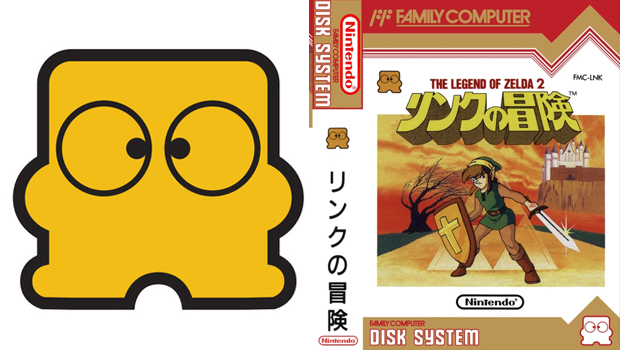
Diskun is a failed Nintendo mascot
Before settling on Mario as the companys own version of Mickey Mouse, Nintendo spent a good deal of the 80s trying out new company mascots. One that never really left Japan was Diskun (Mr. Disk), the little, yellow character that represented the Famicom Disk System. The add-on for the Famicom used rewritable floppy disks that could hold more complex games than the standard system, and Diskun was used as the logo on each game. He appeared on a number of ads before Nintendo ditched the system, and Diskun disappeared just as floppy drives were becoming obsolete. He still makes the occasional cameo appearance, like as a trophy in Smash Bros. and as a hat for 3DS Miis.
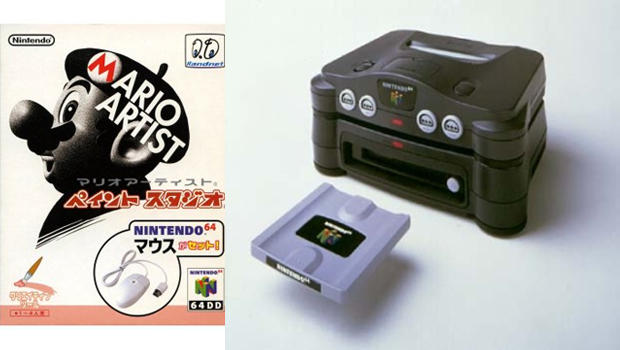
Multiple N64 and GameCube games were originally designed for the failed 64DD
Nintendo made a bold choice sticking with cartridges as the medium for the N64, which ended up making N64 games more expensive and technically limited compared to the CD-based games of its competitors. Nintendo intended to close that gap some with the 64DD, a disc drive that would greatly expand the systems memory. It was only released in Japan and adopted by very few consumers, meaning many of the games being developed for it had to find new homes. Pokmon Stadium, Animal Crossing, Majoras Mask, Paper Mario, Banjo-Tooie, and Resident Evil 0 all began as 64DD before their creators had to change them--radically in some cases--thanks to that add-ons failure.
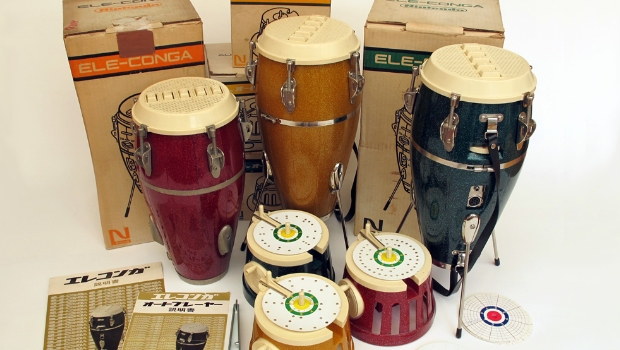
Nintendo made an electronic conga drum long before Donkey Konga
Donkey Konga was one of the weirder games for the GameCube, mostly due to its eclectic song collections and sturdy conga drum peripheral. Interestingly, it also had a spiritual predecessor from Nintendo in the 1970s called the Ele-Conga. It was one of Nintendo's earlier electronic toys, and while the resemblance between the two drums could just be a coincidence, I think Nintendo is far too nostalgic for it to be an accident.
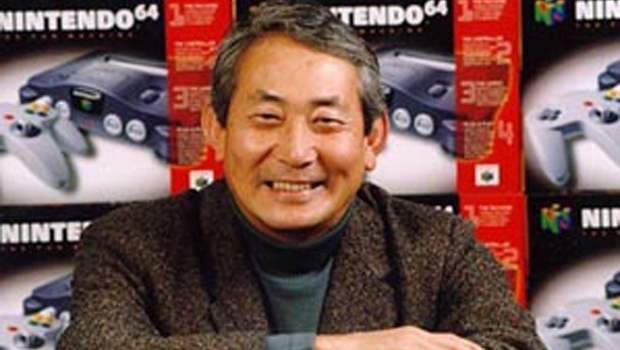
The former president of Nintendo of America now works exclusively on Tetris
When Nintendo decided to open up a US branch to sell Game & Watch handhelds and arcade games, the first employee was Minoru Arakawa, the son-in-law of Nintendo bigwig, Hiroshi Yamauchi. Arakawa oversaw the company's massive North American expansion via the NES, Super Mario, and the Game Boy, and he was instrumental in acquiring Tetris as that handheld's must-have exclusive. Though some expected Arakawa would eventually take over when Yamauchi retired, Arakawa instead left the company in 2002, but still found a place in the gaming world. In 2006 he became co-president of Tetris Online, a development company started by the game's creator. Looks like the time spent negotiating the Game Boy version of Tetris is still paying off.
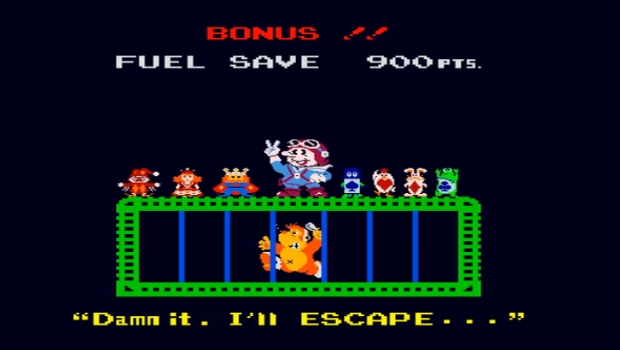
Sky Skipper was Nintendos other gorilla game of 1981
Donkey Kong became such an international phenomenon that it's easy to forget Nintendo released anything else in 1981, let alone another game where you fought a gorilla. Around the same time as DK hit the US, Nintendo released Sky Skipper in Japan, a flight game that had you saving royalty as you dropped explosives on giant apes (a premise only slightly odder than Donkey Kong). The game got a US-only 2600 port and hasnt been seen in the 30 years since, meaning its long overdue for a 3D reboot. Perhaps Retro Studios could handle it?
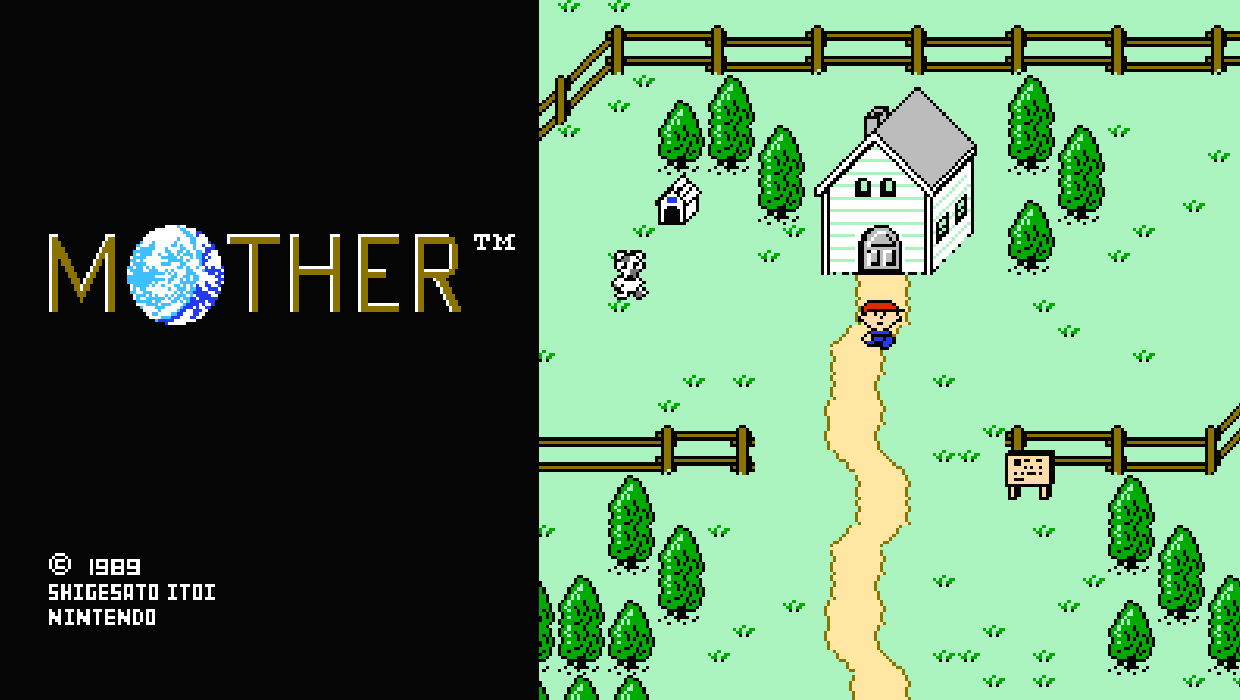
The prequel to Earthbound was translated but never released
Fans of the lovingly esoteric JRPG Earthbound remain ever-upset that its sequel, Mother 3, has never been released outside of Japan, but what they might not know is how frustratingly close they got to an official release of the first game in the series. The first entry in the series, known as Mother in Japan, never came to the US either despite being fully translated in 1990. Known internally as "Earth Bound" (a name that would later be reused for the sequel in the US), the localized NES version was slotted for release in 1991. However, the American marketing team instead chose to focus its energy on the release of the Super NES, knocking Mother out of the retail plans. It's understandable that a new console generation deserves more attention than a niche game like Mother, but it's sad to know there's an authorized translation just sitting in a drawer somewhere, never to be read.
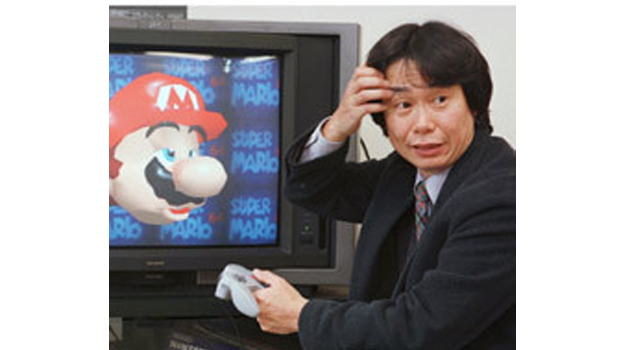
The N64 controller was designed primarily for Super Mario 64
When the N64 hit the market, some doubted its chance for success based on its very limited library of games, but Nintendo emphasized quality over quantity, and its system seller Super Mario 64 was the key example of that. In fact, Nintendo was so invested in Super Mario 64 making the N64 a big hit that many of the systems design choices were based on that game alone. The controller was made to fit SM64 first and all other games second, while the quick load times of cartridges worked best with SM64, less so with most other games that would be big that generation. The wonky controller might have hurt the system down the line, but it did help Super Mario 64 become arguably the most important game of its generation.
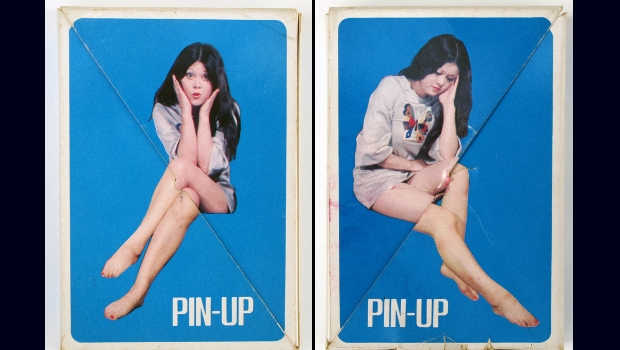
Nintendo once sold some risqu playing cards
Nintendos main seller for decades were playing cards, many featuring kiddie favorites like Mickey Mouse and Snoopy. But recent one blog found at least one example of Nintendo trying something more risqu. This card series featured a number of women in different states of undress, though the photos are rather tame by todays standards. Were betting it didnt sell all that well, since this was basically Nintendos last attempt at adults-only material until the mid-90s.
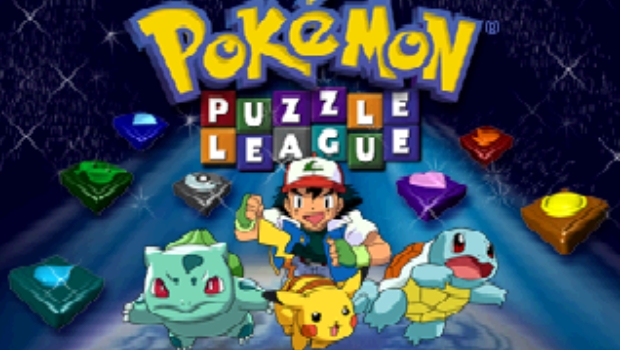
Pokmon Puzzle League was never released in Japan
Longtime Pokmon fans are used to getting games months after they're released in Japan, and occasionally those fans have even seen some Pokmon games that never got a western release. Pokmon Puzzle League was the very rare reversal of that situation. Intended primarily for US fans of the anime series, it was decided that the N64 had become too unpopular in Japan to make importing worth it, and it remains the only Pokemon game not officially released in Japan.
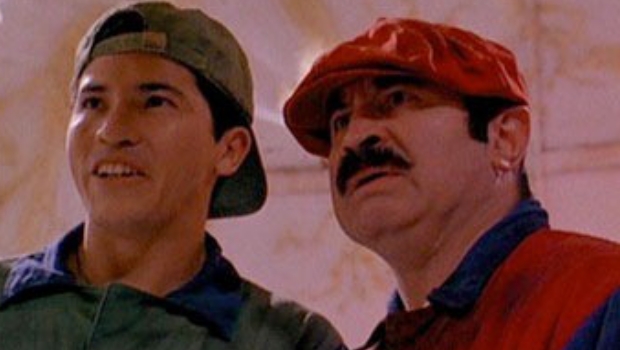
The Mario Bros. film went through a ton of changes
A recent expose on the very unsuccessful Super Mario Bros. film reveals just how many changes the movie went through on its way to infamy. First off, both Dustin Hoffman and Tom Hanks were offered the part of Mario before the filmmakers went with the cheaper choice of Bob Hoskins. And the script went through an unbelievable number of rewrites before they settled on the gritty Blade Runner vibe of the final product. If youve got a spare couple of days, take a look at the many different versions of the script here. Perhaps somewhere in there is the Mario movie you envisioned as a child.
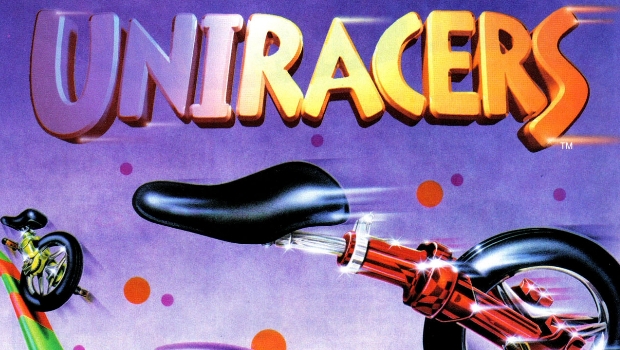
Uniracers was taken off store shelves because of Pixar
Uniracers was an interesting collaboration between Nintendo and developer DMA Designs, the company that would one day become Rockstar. This quirky game was all about 2D unicycles racing at breakneck speeds--mainly to prove that the SNES could match Sonics quickness any day of the week. Unfortunately for the games legacy, a fledgling film company named Pixar felt Uniracers was far too similar to their short Reds Dream. When seen together, the resemblance is hard to deny, and the courts felt the same--meaning no more copies of the game were made after its initial run, even to this day.
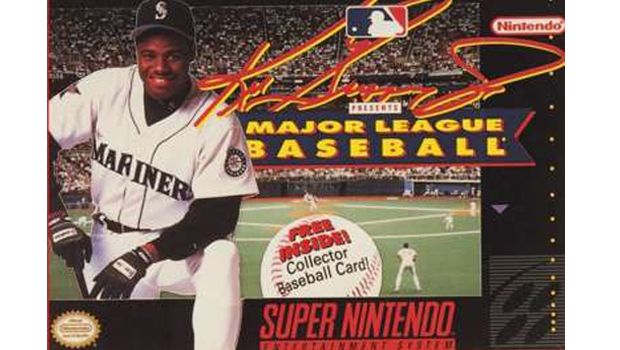
Nintendo owns the Seattle Mariners
Ever wonder why Nintendo made so many Ken Griffey Jr. games? Thats because Nintendo owns the Major League Baseball team the Seattle Mariners, the club Ken belonged to for more than a decade. Nintendo bought the team in 1992 mostly as thanks to Seattle, WA for being its home base in the US for many years. Though there was an initial outcry among some fans that a Japanese company purchasing an American baseball team, its now so accepted that 20 years later many arent even aware of the fact. Its also worth noting that former Nintendo of America President Howard Lincoln is now chief of the franchise.
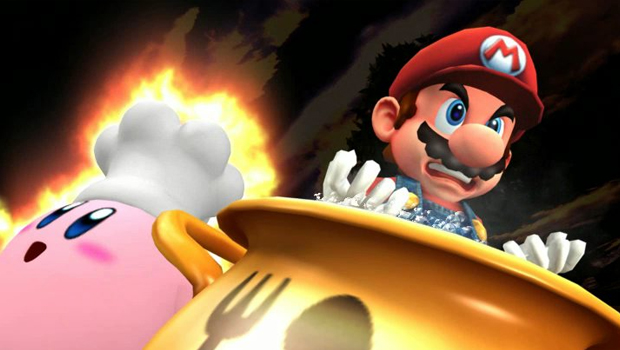
The creator of Smash Bros. also created Kirby
Masahiro Sakurai is currently revered by fans all over the world thanks to his creation of Super Smash Bros., which he still directly oversees, as well as resurrecting the Kid Icarus franchise. But Sakurais first big hit was Kirby, a character he created at HAL. In fact, his earliest game directing jobs were on the earliest Kirby games. Sakurai expressed his admiration for the character by making sure to include him in the original Smash Bros. roster.
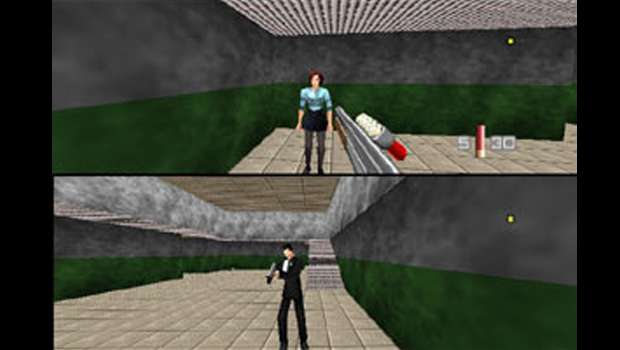
GoldenEye 007's multiplayer was a last minute addition
Were you one of the millions that couldn't put down your N64 controller when playing GoldenEye's addictive split-screen multiplayer? Then you should be thankful that some developers at Rare broke protocol when making the game, or you might never have known the joys of planting proximity mines on pixelated Pierce Brosnan. Very late in development, and without direct approval from Nintendo, Rare employee Steve Ellis and a few coworkers created the multiplayer mode as an experiment mere weeks before it was shipped off. It's hard to imagine what the history of console FPSs would be like if those English gentlemen had instead decided to wait for approval.
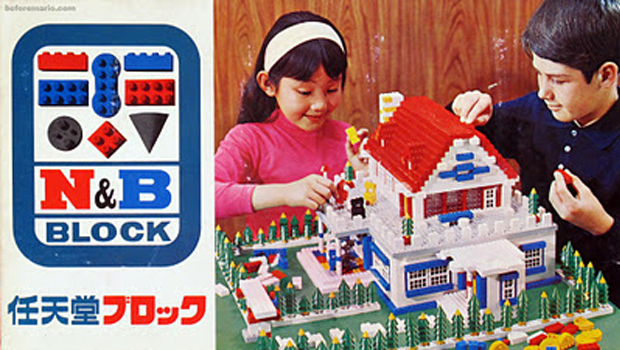
Nintendo ripped off Legos building blocks
Back in the 1968, Nintendo joined the army of global Lego imitators with its N&B building block sets. Lego was already gaining popularity in Japan when N&B hit the scene, but Nintendo mixed up the formula with an emphasis on bigger, more rounded blocks. (However, some felt N&B were made with inferior plastic to Lego.) It became a real hit in Japan, even leading Lego to seek legal action against Nintendo in a case Nintendo ultimately won. It would seem the two put the ugliness behind them given the Wii U-exclusive Lego City Undercover, and after the blocks were discontinued, the N&B brand was last seen in a cute Easter Egg in Super Mario Land 2.
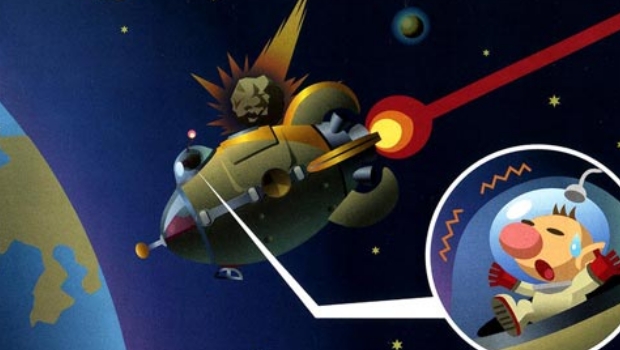
Pikmin's S.S. Dolphin is a tribute to the GameCube codename
Pikmin came out about a month after the GameCube launched, and it was one of the more high profile games on the young system. Pikmin was in development for the system back when it was codenamed Dolphin, which likely explains why protagonist Olimars spacecraft is known as the S.S. Dolphin. By the way, you can even spot the S.S. Dolphin flying through space in Super Mario Galaxy.
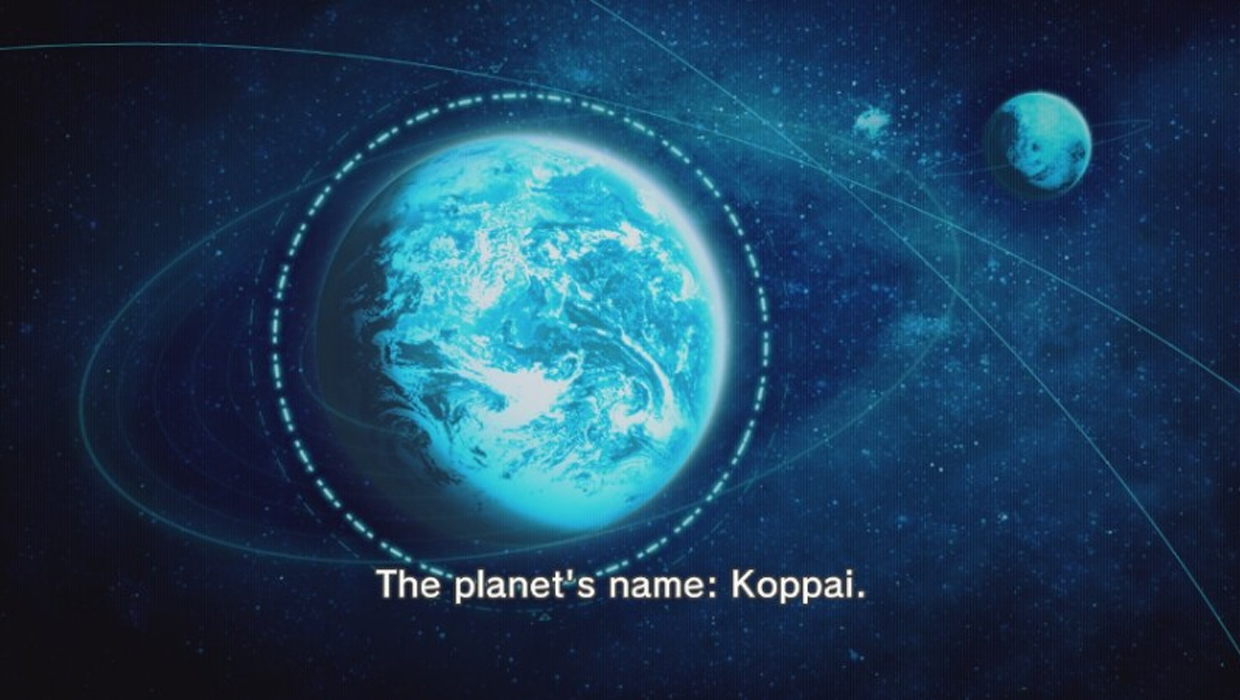
Pikmin 3 has a reference to Nintendo's original company name
The Pikmin franchise has a number of cheeky references to Nintendo's past, but 2013's Pikmin 3 has a bit of trivia that's lost on all but the most old school of fans. The home planet of Pikmin 3's lead, Koppai, may sound like the typical Sci-Fi name for an alien world, but it goes back more than a century. When founded in 1889 as a playing card company in Kyoto, Japan, the original company name was "Nintendo Koppai." The title was changed to Nintendo Co. Ltd. in 1963 (which it remains to this day), but the publisher still has some affection for a name that got the boot more than 50 years ago.
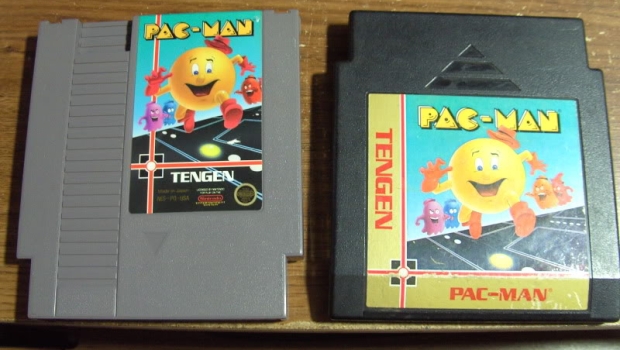
Namco once made unofficial NES cartridges
Back in the late 1980s Nintendo ruled the gaming market with the NES, which meant it could dictate some pretty tough guidelines to third party publishers. For example, Nintendo restricted how many titles a company could publish in a year and how many copies of said game were manufactured. While many learned to live with the situation, Namco executives were publically unhappy about the situation. When American game maker Tengen found a way to make as many non-Nintendo approved NES games as they wanted, Namco started publishing games with them, and then it was Nintendos turn to be unhappy. Nintendo sued Tengen for illegally breaking the NES system security, and the companies eventually settled out of court. The episode caused friction between Namco and Nintendo for a number of years, though based on the fact Namco is currently making the next Smash Bros., we can assume theyve made up.
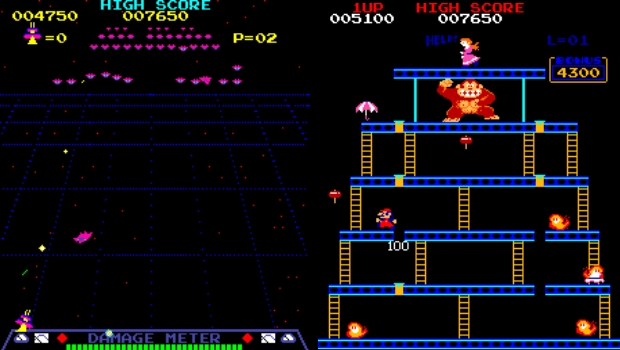
Radar Scope sound effects can be heard in Donkey Kong
Most Nintendo fans know the story of the creation of Donkey Kong, such as the game only being developed because Space Invader clone Radar Scope was a flop in the US. Those arcade cabinets were then reformatted to house Mario's initial battle with DK, but many don't know that a little bit of Radar Scope stayed behind. Specifically, Mario's distinct walking sound effect is the exact same noise as shooting a laser in Radar Scope.
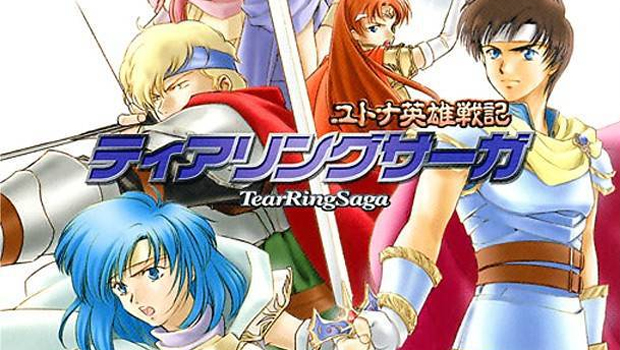
Nintendo sued over possible Fire Emblem copyright infringement
Nintendo's games are so influential that it's common to see spiritual sequels or heavily inspired indie games on the market, but there's one homage to Fire Emblem that Nintendo clearly didn't appreciate. Shouzou Kaga created Fire Emblem while working at Nintendo's internal team at Intelligent Systems, and Kaga left the company in the late '90s to go off on his own. His next game would be Tear Ring Saga, a hardcore tactics title with gameplay eerily similar to Fire Emblem's, featuring character designs from the same artist as FE. Nintendo sued publisher Enterbrain over copyright infringement, ultimately losing a series of cases in the early 2000s. Tear Ring Saga and its sequel came to the PSX and PS2 respectively, though it never got released outside Japan or saw another sequel in almost 10 years. See Nintendo, all that fuss was over nothing.
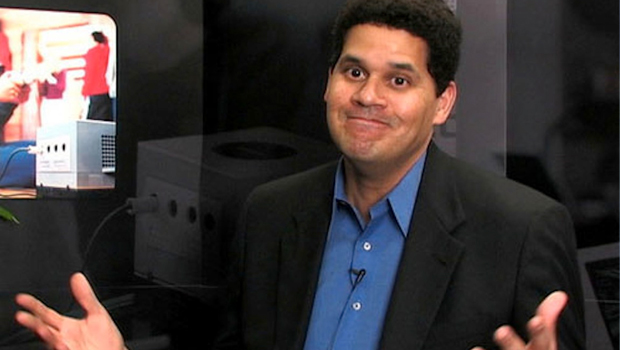
Reggie Fils-Aime previously worked for Pizza Hut
To many Nintendo fans, Reggie Fils-Aime exploded onto the scene with his pronouncement of kicking ass and taking names at E3 2004, but hed actually been an executive at Pizza Hut before entering the games industry. Anyone remember the Bigfoot pizza? Or the Big New Yorker? Both overseen by Reggie. He also worked at VH1 prior to Nintendo, though we arent sure if we can blame him for I Love the 80s.
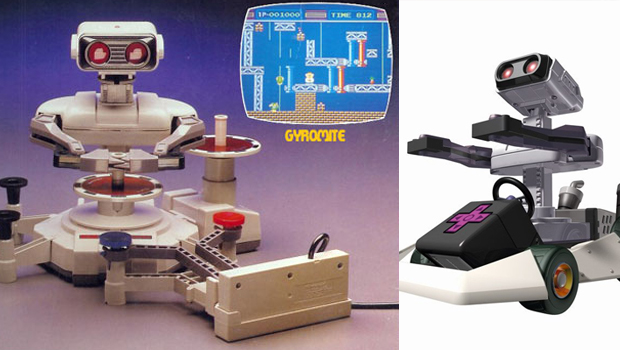
ROB was created to trick parents into buying an NES
Are you old enough to remember actually playing with ROB, the dopey robot that came bundled with early NES systems? Then consider yourself bamboozled, because Nintendo only created the machine to trick wary parents into buying the console. Video games were seen as so unpopular by US retailers in the mid-80s that Nintendo felt the need to trick kids into thinking the NES was a fancy toy that played a game along with you. ROB was akin to gimmicky toys like Teddy Ruxpin, and though it did entice some early adopters its first holiday season, once Super Mario Bros. caught on, that was the end for ROB, save for the occasional cameo in titles like Mario Kart DS and Smash Bros.
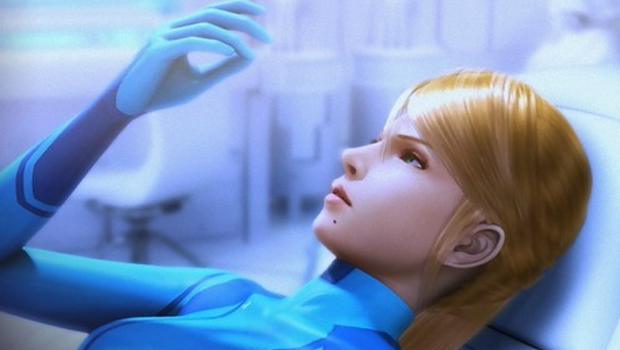
Samus has a beauty mark that wasnt visible until Metroid: Other M
Back when Super Metroid had just arrived on the SNES, Metroid dev Yoshio Sakamoto bragged that he knew the location of a secret beauty mark (aka mole) on series star Samus Aran. For years it went unseen on the characters body, even in Metroid Prime. It wasnt until Team Ninjas Metroid: Other M that the beauty mark on her face was finally added, even though it had always been intended to be part of her design. At least now people can stop jumping to gross conclusions about its location.
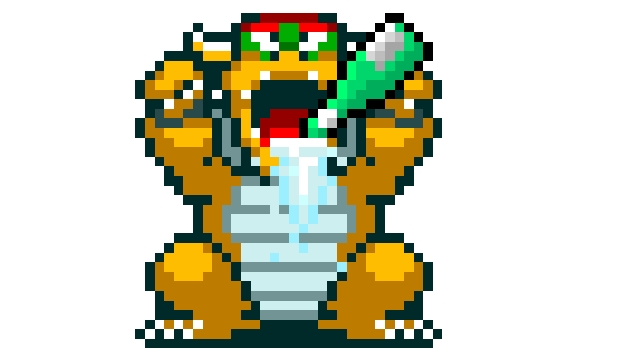
Super Mario Kart was censored in the US
Because most professional sports are played by adults, its not unusual to celebrate winning by cracking open a classy bottle of champagne. In the Japanese version of Super Mario Kart, almost every characters winning pose had them grasping a bottle, though Bowser and Peach were the only ones that went so far as to drink from it. Nintendo of America wasnt as cool with alcohol back then, so the animation was cut when it was localized.
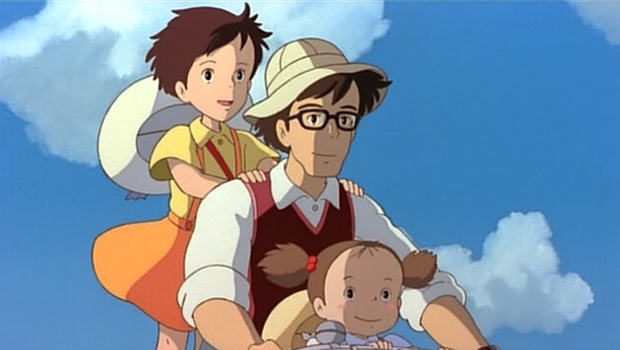
The creator of Earthbound did the voice of the father in My Neighbor Totoro
As we mentioned earlier, the mastermind of the Mother/Earthbound series is Shigesato Itoi, though in Japan hes more well known as a novelist and pop culture icon. Itois many varied credits includes voice work in Studio Ghiblis beloved My Neighbor Totoro. In the original Japanese recording, Itoi plays the amiable father of the two girls that befriend the well known creature.

The first game made by the creators of Pokmon was a Yoshi puzzle game
Long before Game Freak bestowed the addiction that is Pokmon upon the world, it was a small time developer creating games for Sony, Nintendo, and Sega. Its first game after establishing itself was the late NES title Yoshi, a very simple matching puzzle game. This was an early sign not only of Game Freaks interest in mixing strategy with cute creatures, it was also the beginning of a billion dollar partnership.

The SNES sound chip was built by the creator of the PlayStation
Though some Sega fans may prefer the metallic quality of Genesis music, true audiophiles of the 16-bit days know that the SNES had the superior soundtracks, thanks in no small part to its excellent sound chip. And Nintendo fans can credit Sony for that. Ken Kutaragi, a Sony engineer, began designing it without Sonys knowledge out of a desire to push the electronics giant to enter the gaming business. His bosses were annoyed but ultimately approved working with Nintendo, and after completing the chip Ken was tasked with creating a CD-ROM add-on for the SNES. After Nintendo infamously cancelled that project, Kutaragi transitioned that work to his next major project, codenamed Play Station.

Nintendo Powers early success was thanks to Dragon Quests early failure
In Japan, Dragon Quest went from an early success on the NES to the most popular game in the country by the time the third entry hit stores. It became such a phenomenon in its home country that Nintendo of America bet heavily that it would be a smash hit in the US as well, and NOA published a huge number a copies to meet that supposed demand. Instead the game was met with indifference and low sales, leaving NOA with truckloads of unsold copies. Eventually the company made the best of the situation by giving away copies of the game with subscriptions to its relatively new magazine Nintendo Power. That ended up adding tens of thousands of subscribers to the mag, something original Nintendo Power editor Howard Phillips credits to the magazines longevity.

Wave Race 64's Kawasaki ads were replaced on the virtual console
Wave Race 64 was one of the more technically impressive early N64 games, pulling off water physics that competing consoles could only dream of. Perhaps to add an extra level of reality to the game, Nintendo teamed with jet ski manufacturer Kawasaki to put that companys branding all over the release. However, when Nintendo wanted to re-release Wave Race more than a decade later on Virtual Console, the deal had expired, so Nintendo had to meticulously go through the game and replace every reference to Kawasaki with ads for Nintendo products like the Wii and DS.

Learn something new?
Any of these catch you by surprise? Have any other Nintendo facts we should add when we update this later in the week? Let us know in the comments!
Desperate to know more about Nintendo? Check out Unknown Mario - 40 obscure facts and random trivia about Nintendo's mascot and Pokmon facts - 25 little known pieces of trivia from the classic franchise.

Henry Gilbert is a former GamesRadar+ Editor, having spent seven years at the site helping to navigate our readers through the PS3 and Xbox 360 generation. Henry is now following another passion of his besides video games, working as the producer and podcast cohost of the popular Talking Simpsons and What a Cartoon podcasts.
A previous version of this posted in March 2014.


